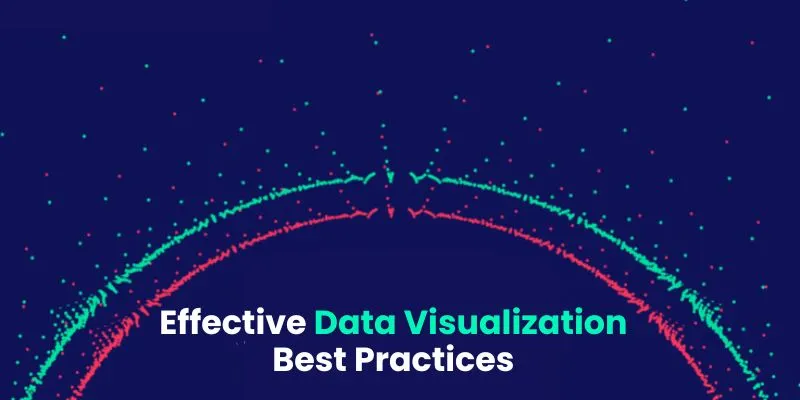Data visualization is an essential aspect of data analysis and communication in today’s data-driven world. It involves representing data in graphical or visual formats to convey insights and patterns effectively. However, not all visualizations are created equal. To truly harness the power of data visualization, it’s crucial to adhere to best practices that ensure clarity, accuracy, and engagement. In this blog post, we’ll explore the key principles and strategies for creating effective data visualizations that resonate with audiences and drive meaningful decision-making. Unlock your Data Science potential! Enrol on a data science journey with our Data Science Course in Chennai. Join now for hands-on learning and expert guidance at FITA Academy.
Best Practices for Effective Data Visualization
1. Understanding Your Audience
Before diving into data visualization, it’s imperative to understand who your audience is and what information they seek. Tailoring visualizations to the preferences and knowledge level of your audience can significantly enhance comprehension and engagement. Consider factors such as expertise in data analysis, domain knowledge, and preferred visualization formats when designing your visualizations.
2. Choosing the Right Visualization Type
Not all data can be effectively represented using the same type of visualization. Selecting the appropriate visualization type based on the nature of the data and the insights you wish to convey is critical. Common types of visualizations include bar charts, line graphs, scatter plots, pie charts, and heatmaps. Each type has its strengths and weaknesses, so it’s essential to choose wisely to maximize clarity and effectiveness.
3. Simplifying and Streamlining
One of the cardinal rules of data visualization is to keep it simple. Avoid cluttering your visualizations with unnecessary elements or complex design features that may distract or confuse your audience. Instead, focus on highlighting the most relevant information and removing extraneous details that detract from the main message. Remember, simplicity enhances clarity and facilitates understanding.
4. Emphasizing Data Integrity and Accuracy
Data integrity is paramount in data visualization. Ensure that your visualizations accurately represent the underlying data without distortion or manipulation. Use appropriate scaling, labeling, and annotations to provide context and prevent misinterpretation. Additionally, clearly indicate sources and methodologies to establish transparency and build trust with your audience. Learn all the Data Science techniques and become a data scientist. Enroll in our Data Science Online Course.
5. Incorporating Interactivity
Interactive elements can enhance the user experience and facilitate deeper exploration of data insights. Consider incorporating features such as tooltips, filters, and drill-down capabilities that allow users to interact with visualizations dynamically. Interactivity empowers users to customize their viewing experience and extract relevant insights tailored to their specific interests or inquiries.
6. Prioritizing Visual Hierarchy and Gestalt Principles
Visual hierarchy and Gestalt principles play a crucial role in guiding viewers’ attention and organizing information effectively within a visualization. Use principles such as proximity, similarity, and continuity to group related elements and create visual cohesion. Additionally, employ techniques like color, size, and position to establish a clear hierarchy of importance and emphasis within the visualization.
7. Iterating and Testing
Effective data visualization is an iterative process that requires continuous refinement and testing. Solicit feedback from stakeholders and users to identify areas for improvement and validate the effectiveness of your visualizations. Conduct usability testing to assess comprehension, identify pain points, and refine the design iteratively based on user feedback. By embracing a cycle of iteration and testing, you can ensure that your visualizations evolve to meet the evolving needs and preferences of your audience.
In conclusion, effective data visualization is not just about creating visually appealing charts and graphs; it’s about conveying insights and driving action through clear, accurate, and engaging visual representations of data. By adhering to best practices such as understanding your audience, choosing the right visualization types, simplifying designs, emphasizing data integrity, incorporating interactivity, prioritizing visual hierarchy, and iterating through testing, you can create data visualizations that resonate with your audience and empower informed decision-making. Harness the power of data visualization to unlock the full potential of your data and drive meaningful outcomes in your organization or domain. Explore the top-notch Advanced Training Institute in Chennai. Unlock coding excellence with expert guidance and hands-on learning experiences.
Read more: Data Science Interview Questions and Answers
